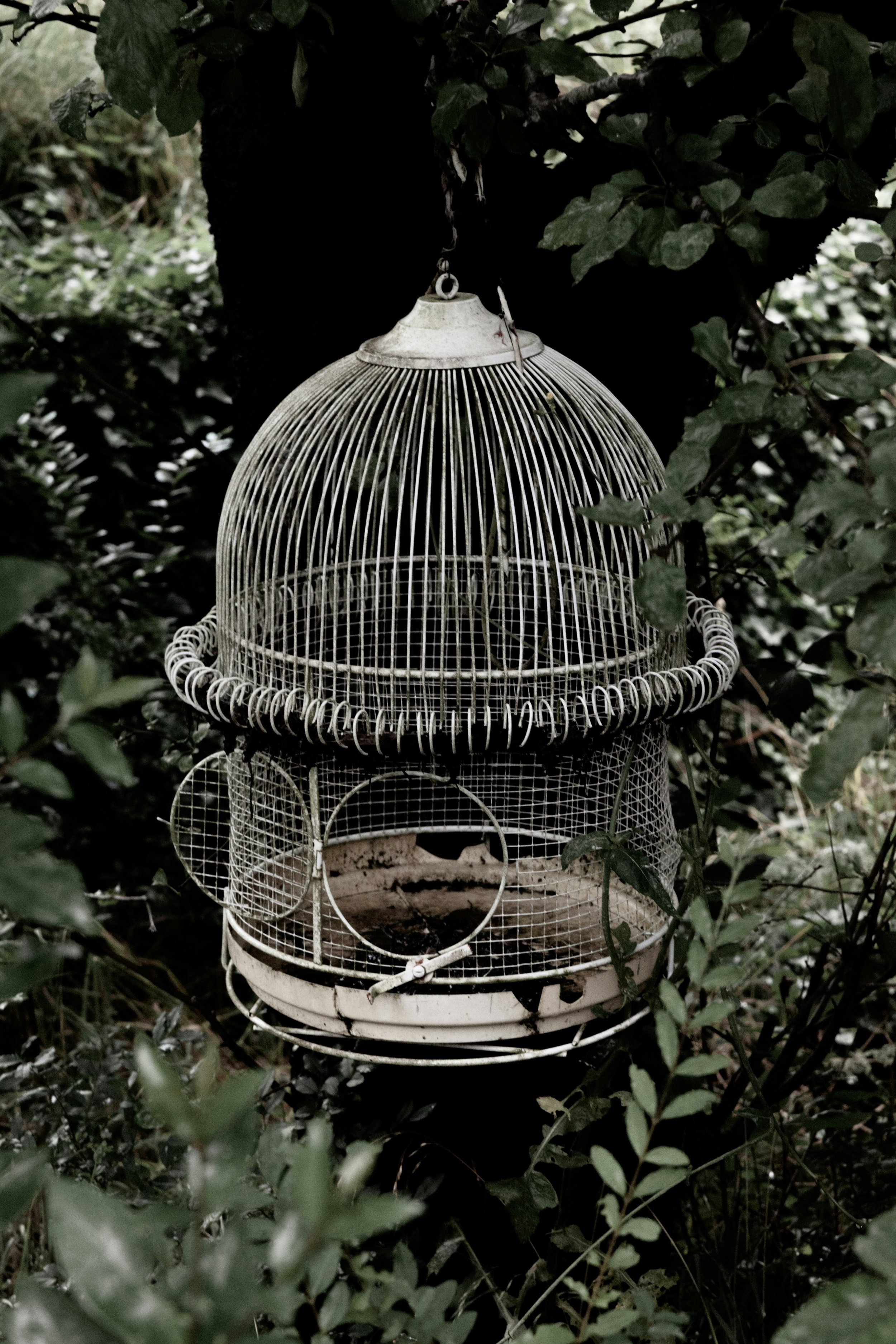The Real Reason You're Creatively Blocked
We tend to think of creative blocks as logistical problems. Not enough time. Not enough inspiration. Too many distractions. But more often than not, the root is emotional.
Because creativity is emotional. Art is emotion made visible. It's energy in motion—e-motion. And when we stop feeling, we stop creating.
If you're creatively blocked, chances are you're emotionally blocked too.
Creating Requires Feeling
To make art, we must feel. That means letting ourselves be present with what’s alive beneath the surface—grief, rage, longing, confusion, hope. And that’s scary. It means un-numbing. It means vulnerability.
But when we let ourselves feel, something sacred happens. Our creative work becomes a form of transmutation. Emotions that might otherwise get stuck in our bodies or fester in our nervous system get released through movement, brushstrokes, words, color, song.
Expression is how we alchemize.
The Tension Between Wanting to Be Seen and Wanting to Hide
One of the most painful creative dilemmas is the desire to be seen colliding with the urge to stay hidden.
We want our work to reach people—but not the people we know.
We want visibility—but visibility makes us feel exposed.
That’s the paradox of art. The more personal it is, the more universal it becomes. But to go there, we have to risk being seen. And that kind of raw exposure often brings up old pain—criticism, bullying, disapproval from childhood or peers or family.
And so we stall.
We delay.
We nitpick.
We tell ourselves it’s not ready, we’re not ready.
Your Inner Critic Isn’t Your Audience
The loudest voice in your head while you create? The one that says, “This isn’t good enough,” “No one cares,” or “You’re embarrassing yourself”?
That’s not your audience.
That’s a distorted echo from the past. Parents, teachers, peers, ex-lovers—whoever made you feel small or foolish or too much. But those people are not the ones you’re making art for.
Your real audience will feel your truth and thank you for it.
But you have to give them something to feel first.
Perfectionism is the Enemy of Good Art
Perfectionism masquerades as high standards, but it’s really fear in a costume. The fear of being seen as you are. Of making something flawed, human, and real.
But guess what? Being imperfect is more fun.
When you let go of perfect, you get to play.
When you play, you get to access flow.
When you access flow, you make something true.
That’s what people connect to—not polish, but resonance.
Guilt Kills Creativity
One of the biggest blocks I see in creatives is guilt.
Guilt for not creating.
Guilt for not producing enough.
Guilt for not sticking to a schedule.
But guilt is gasoline on the fire. It doesn’t get you moving—it burns you out.
So here’s a radical invitation: stop feeling guilty for not making art.
Stop defining your worth by your output.
Start with acceptance instead of pressure.
Because acceptance melts resistance.
And resistance is what’s keeping the gate closed.
Let Yourself Be a Beginner—Again and Again
You don’t have to monetize your art.
You don’t have to justify your creative impulses.
You don’t need a publisher’s approval, a gallery’s validation, or a social media following to call yourself an artist.
A painter is someone who paints.
A writer is someone who writes.
It’s really that simple.
Practical Ways to Unblock Your Creative Flow
Do something unrelated: Play. Doodle. Cook. Dance. Switch mental channels to open new ones.
Switch from output to input: Watch a film. Walk in nature. Visit a gallery. Go hunt for inspiration.
Take yourself on an artist’s date: One-on-one time with your creative soul. No pressure. Just nourishment.
Let go of masculine-feminine confusion: Create first. Structure later. Don’t edit while you write. Don’t judge while you feel.
Don’t stop at stopping points: Use the Hemingway trick. Quit while you’re ahead so tomorrow you know exactly where to start.
Make sacrifices: Let go of things that don’t bring joy, to make space for what does.
Change your definition of success: Choose metrics you control—like showing up, finishing a piece, or allowing joy in the process.
Your Art Is Alive. Treat It With Care.
Your creations are not objects to perfect. They’re beings with soul. Speak to them with reverence. Let them be messy. Let them be real.
And above all, let you be real.
The more you like yourself, the more you’ll like your art.
And the more your art will like you back.
Your Homework
Take yourself on an artist’s date this week.
Seek inspiration with no goal attached.
Let your creativity breathe—without expectation.


